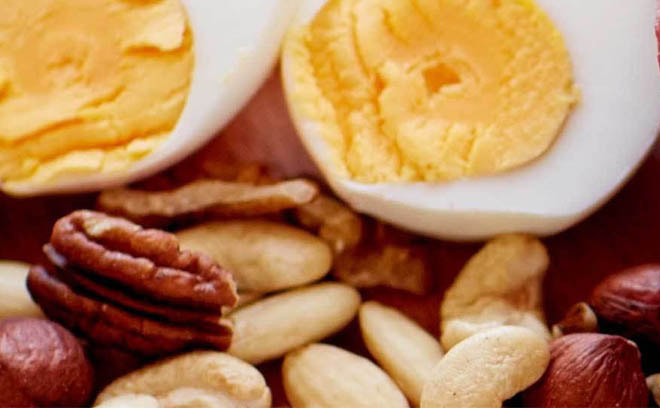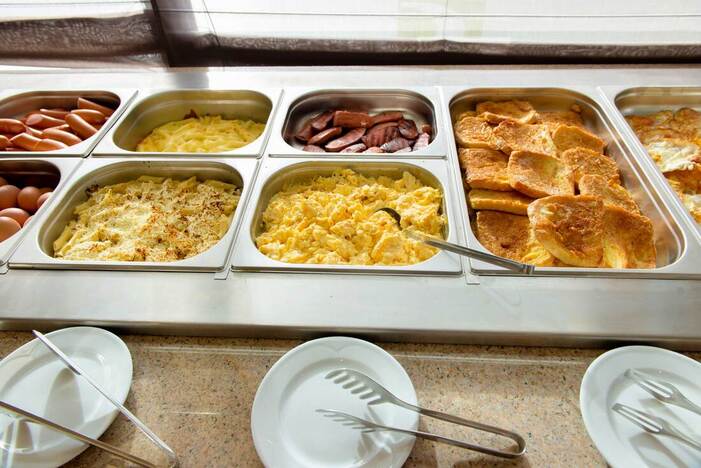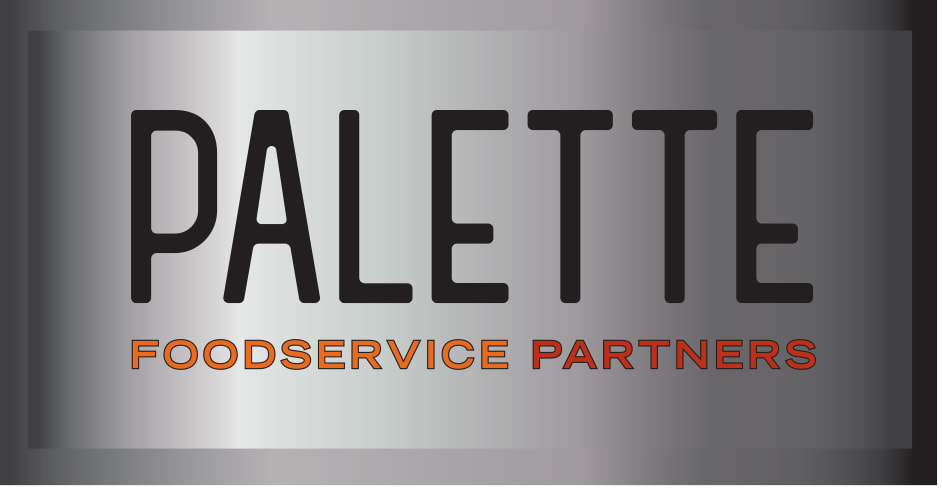|
Flu season is upon us. Make sure your team takes extra precautions to disinfect their own mobile phones regularly ― and to clean surfaces where guests’ phones have made contact. Even people who regularly wash their hands may neglect the regular cleaning of their phones, which scientists from the University of Arizona found carry 10 times more bacteria than toilet seats. Further, a recent study for the technology insurer Asurion by Qualtrics found that nearly 45 percent of Americans have talked, texted or checked their phones in a public restroom, and nearly 60 percent of adults admit to taking out their phones at the table while out eating or drinking with others. To help prevent the spread of bacteria and viruses, Asurion advises people to wipe down their phone daily with a microfiber cloth. Once a week, use a solution of equal parts distilled water and 70 percent isopropyl alcohol, spray it onto a microfiber cloth, and wipe down the phone. Clean the case separately with soap and water.
New proposed legislation at both the federal and local levels that is aimed at restricting the use of plastics is also posing some unintended challenges to operators. For one, it’s raising questions about how operators can reliably protect food safety when they must wash and sanitize straws, for example, that they once discarded. Steelys Straws, which manufactures reusable straws, advises restaurants to take these steps when cleaning its stainless steel straws: Designate a small soaking tub with hot, soapy water to clean the straws, as well as a second tub with sanitizing solution. After a straw is used by a guest, place it in the soapy water to soak, and then, if it had been used to drink a beverage with pulp or other ingredients that could collect on the straw, scrub it with a thin cleaner brush. Rinse the soapy straws in clean, hot water and place them in a bulk utensil rack in the dishwasher. Finally, soak the straws for at least one minute in the sanitizing solution to ensure you’ve killed all germs.
As food allergies have become more prevalent, so has the use of the term “cross contact.” While it’s often confused with cross contamination, the terms mean different things, have different consequences and require different preparation procedures. As Francine Shaw, president of Savvy Food Safety, told Modern Restaurant Management recently, cross contact is dangerous only to those with food allergies. It occurs when care wasn’t taken during food preparation to prevent an ingredient from coming into contact with a food that is then accidentally eaten by a guest with a food allergy. Cross contamination, particularly when it involves food contact with raw poultry, eggs or meat, has more universal implications because it can make anyone ill, allergic or not.
It may take a crisis to make a restaurant enhance its food safety practices ― but other operators can learn from the outcomes whether they experienced it or not. Case in point: A year after the death of a woman who ate a mislabeled baguette from the quick-service brand Pret-a-Manger, the brand developed a five-point allergy plan. The plan has involved revamping Pret-a-Manger’s labels using new technology to detail all ingredients, launching additional training for 9,000 staff, providing menu tablets in every store that detail product ingredients, removing allergens from products and publishing a quarterly food safety incident report. The plan has required making physical modifications to store preparation areas as well.
At a time when the foodservice industry is embracing foods that promote health and well-being, those qualities don’t often come to mind when one thinks of the foodservice profession itself. But finding ways to protect your well-being and that of your staff can protect morale and promote retention. Beyond creating healthy routines around meals, sleep and exercise, Chefify suggests establishing boundaries – with your employer and staff. It can help you handle everything from negotiating sufficient time off between shifts to managing everyday problems more efficiently (and being selective about the ones you take on). Take stock of your day with staff to review what went well and what needs improvement. Establish clear working hours for yourself and your team. Don’t oversell your knowledge and experience – or be afraid to delegate tasks to others: Relying on other people helps make them accountable. Finally, don’t lose your connection with the outside world – keeping tabs on events happening outside of the foodservice industry can provide perspective and may help you conceive of new ideas that will keep your work interesting and fresh.
As severe weather becomes more common, the increased risk of power outages can threaten food safety. Make sure you monitor your TCS foods to prevent spoilage and discard items that have gone out of temperature range. Steritech advises that you monitor and document food temperatures as long as it is safe to stay in the building. Promptly after losing power, prepare ice baths for your TCS foods. Dry ice can also help you keep refrigeration temperatures at 41° F or below – just be cautious with it as it can produce dangerous gas in enclosed areas. Avoid opening cooler doors as much as possible – a freezer in good condition may maintain its temperature for 24 hours if unopened. Test foods using a calibrated thermometer and throw out any TCS foods that have been warmer than 41° F for more than two hours.
While eggs, meat, seafood, fermented foods and unpasteurized milk and cheese all carry a high risk of causing food poisoning if not stored and prepared appropriately, nearly half of all cases of food poisoning come from infected produce, according to the Centers for Disease Control. Leafy greens, sprouts and fruit are common carriers of Listeria, Salmonella, E. coli and other pathogens, Medical News Today reports. Help ensure the produce you serve is safe for guests by washing all fruits and vegetables, and refrigerating any chopped or peeled produce within two hours – or within one hour if the temperature of the environment is 90°F or higher. Finally, separate all produce from other raw foods – meats, in particular.
If you’re cooking with apples this season, handling them appropriately will help you minimize food waste. The produce distributor Freshpoint advises that to maximize the shelf life of apples you buy, be careful when moving crates of them to prevent bruising, and avoid washing them until just before they will be eaten. Store them away from strongly scented produce like onions, since apples can absorb their flavor, and ethylene, which can shorten an apple’s shelf life and make it mealy. Finally, store apples toward the front of your cooler – the warmest part – as apples are susceptible to chill damage that impacts their flavor.
If you serve food from warming trays or chafing dishes either within your restaurant or off-premises while catering, make sure your kitchen team replaces the trays and doesn’t simply pile new food onto the old, which can be a contamination risk, advises Statefoodsafety.com. Further, the FDA notes that some warmers only keep food between 100 and 120°F, but hot foods should be kept at an internal temperature of 140°F. Use a food thermometer to ensure you keep foods out of the danger zone.
|
subscribe to our newsletterArchives
April 2024
Categories
All
|












 RSS Feed
RSS Feed